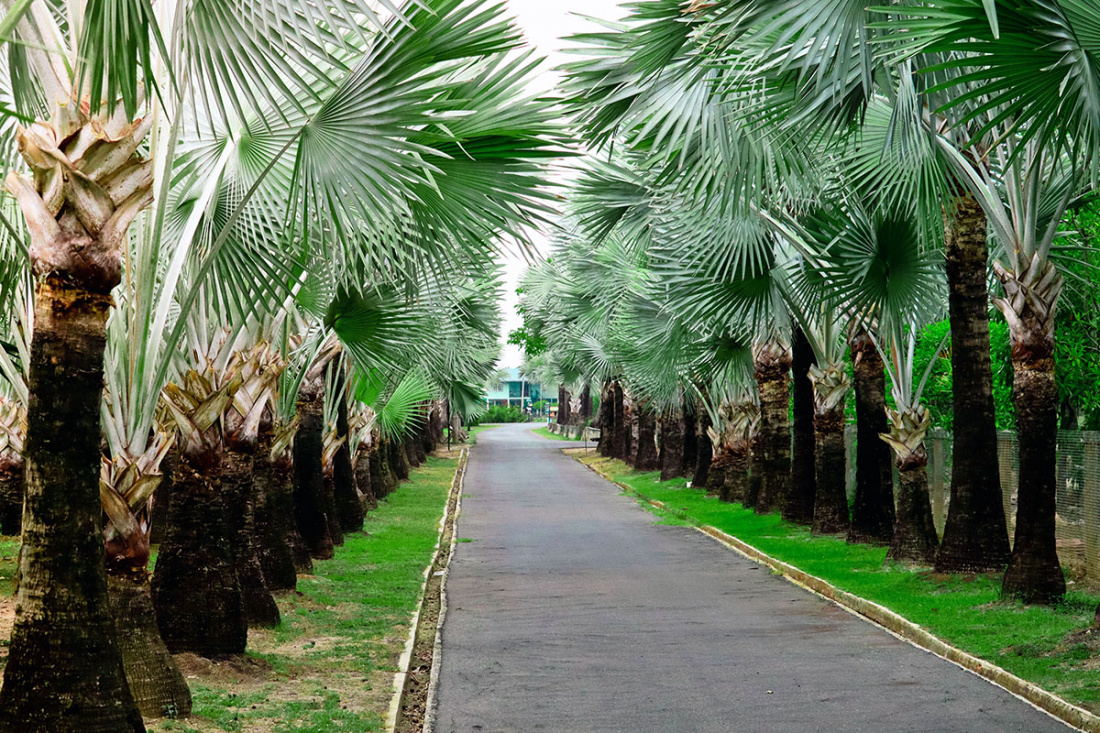
Bismarck Palm (Bismarkia Nobilis) - The Most Sought Out Palm
Plant-lovers all over the world are frequently left speechless when they encounter a Bismarck Palm Tree. These palms, native to Madagascar, are very much different from other palms, and it is clear to see why their reputation is so positive.
The Bismarck Palm (Bismarkia Nobilis) is the most sought out palm for a reason. It stands out among other palm trees with its 10-foot wide stretch of steel-blue leaves, its potential to grow up to 30-60 feet, and its ability to bring any outdoor landscape together.
In this article, you will learn all about the Bismarck Palm tree. It has so many neat characteristics that make it the most sought out palm. If you get your hands on a Bismarck Palm, you should appreciate it as one of your most prized possessions. For everything you need to know about the most sought out palm, the Bismarck Palm, just keep reading.
What Is the Bismarck Palm?
The Bismarck Palm tree is a beautiful, clean, striking palm with huge branches and a large trunk. Bismarck Palms stand out from other palm trees mostly for the color of their palm branches. They are easy to grow in moderate or hot climates, and for the most part, they are quite independent.
Bismarck Palms have a number of unique characteristics that make them so interesting. Their size, appearance, and other features make it clear to see why Bismarck Palms are such great trees.
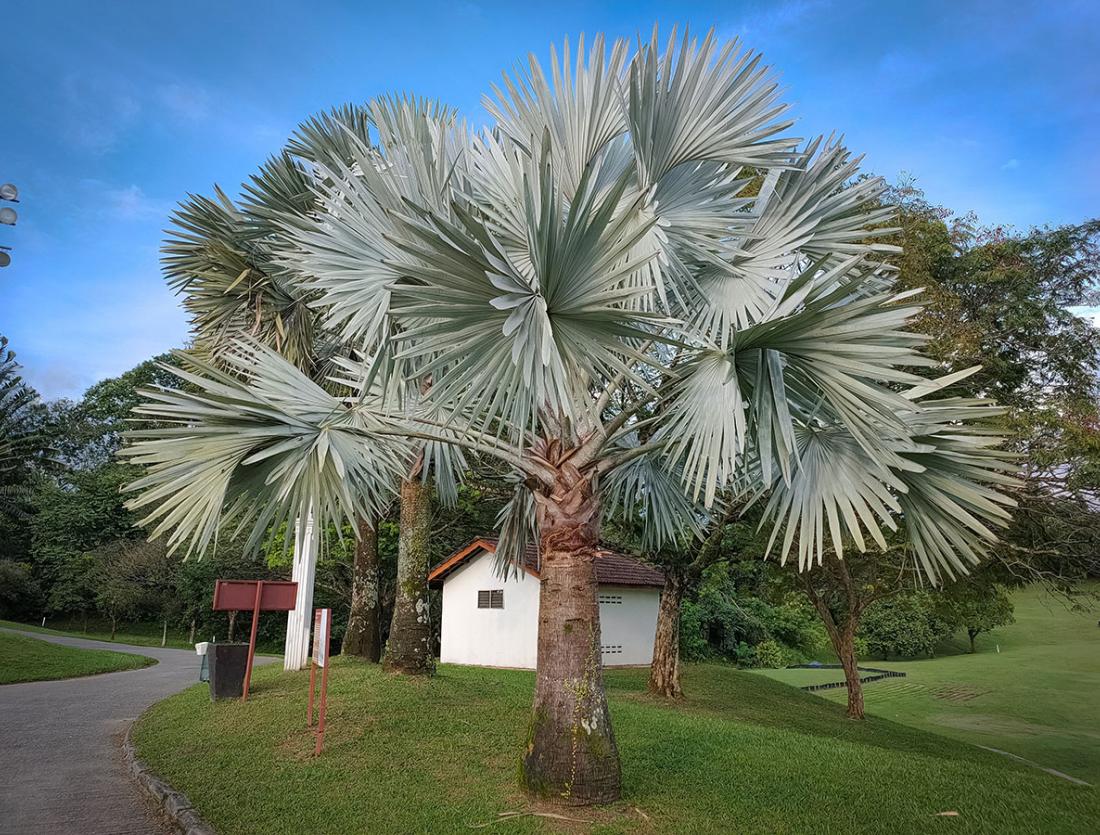

Palm Branches
The branches of the Bismarck Palm are the main feature that makes them stand out. They grow to be four feet long and four feet wide. Once fully formed, Bismarck Palm branches have a beautiful steel-blue color that can capture just about anyone’s attention.
These branches are a staple characteristic of Bismarck Palms because, as you probably are aware, most palm branches are dark green. The Bismarck Palm’s beautiful branches stretch across up to sixteen feet wide, creating a full, round, steel-blue entanglement.
Trunk
The Bismarck Palm tree’s trunk is also an interesting part of its structure. The trunk is part of what makes the Bismarck Palm recognizable. As it begins to grow, you will see a small, thick trunk that stays close to the ground.
However, its trunk is already sprouting the steel-blue branches, so it does not seem like a small tree. As the Bismarck Palm continues to grow, its trunk will thin and elongate, with the potential to grow as tall as sixty feet.
With a trunk this big, the branches of the Bismarck Palm can be seen hoisted high in the clouds.
Fruit
The fruit of a female Bismarck Palm is not edible, but it definitely adds to the unique look of the towering tree. The dark-brown, round fruits grow in clusters, resembling the likes of a bushel of grapes.
While they are another sight to see on the Bismarck Palm, the fruit is not overwhelmingly present and therefore does not take away from any other parts of the Bismarck Palm. Instead, it further complements the captivating appearance of such a gorgeous tree.
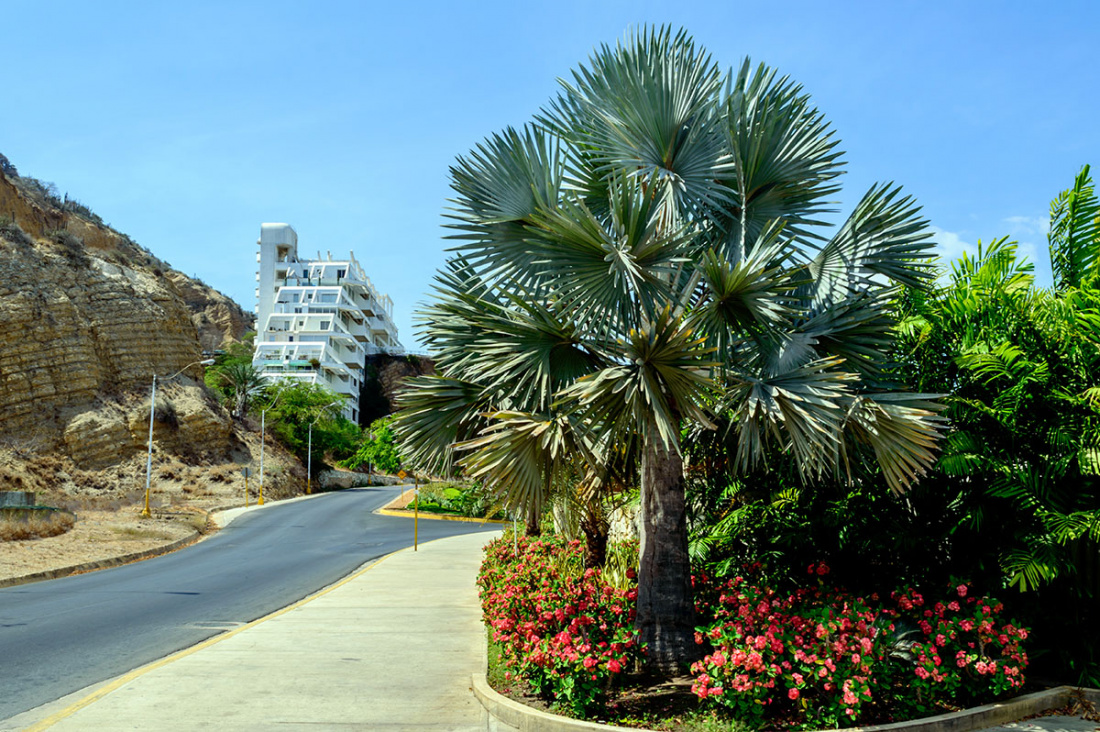
Health
One of the greatest - but lesser-known - characteristics of the Bismarck Palm is its health. There are no known pest problems with the Bismarck Palm, not even with its fruit.
The fruit does not attract animals, so you will not have to work about living things stunting the process of your Bismarck Palm’s growth in any way. In addition, a Bismarck Palm can take care of itself in most circumstances.
Climate
Bismarck Palms are generally most popular in tropical climates, but they can function just the same in other warm or moderate climates. They also keep the beautiful color of their leaves during colder seasons.
As long as it gets partial sun, the Bismarck Palm can fully grow. It does a great job of growing and thriving on its own, and besides some minor upkeep, you will not have to worry about putting too much of your own time into it.
Why the Bismarck Palm Is So Sought Out
Of course, it is not all about the looks of the Bismarck Palm, although such features do add to the reasons for its popularity. It is most well known for its eye-catching appearance. On the other hand, the Bismarck Palm also has practical uses.
Aesthetic
As has already been previously mentioned, the Bismarck Palm is one of the most striking trees out there. Ownership of a Bismarck Palm is sure to make your landscape all the more breathtaking to look at. It distracts from the common trees and shrubbery that so often overtake the land, and it gives an area character.
Protection
If you wish for your home or some other place to be covered in some parts, a Bismarck Palm is a great tree to have. With its wide range of coverage from its branches, it can protect a large area. With the shape of its branches, forming a sort of circle, it will ensure that any openings are avoided. It can also provide shade when placed in an open, outdoor area or in front of windows.
Cosmetic
Similar to the aesthetic aspect, Bismarck Palms can be of great use for lining highways or other roads with medians. This is a nice way to separate opposing sides of traffic as well as provide something that improves the appearance of a plain road.
Because of its wide range of uses, it is clear to see why the Bismarck Palm is so popular. It provides a practical use while also acting as an appeal to the eye. If you are looking for a way to improve your greenery, trying to get your hands on a Bismarck Palm will be well worth any trouble you might have to find one.
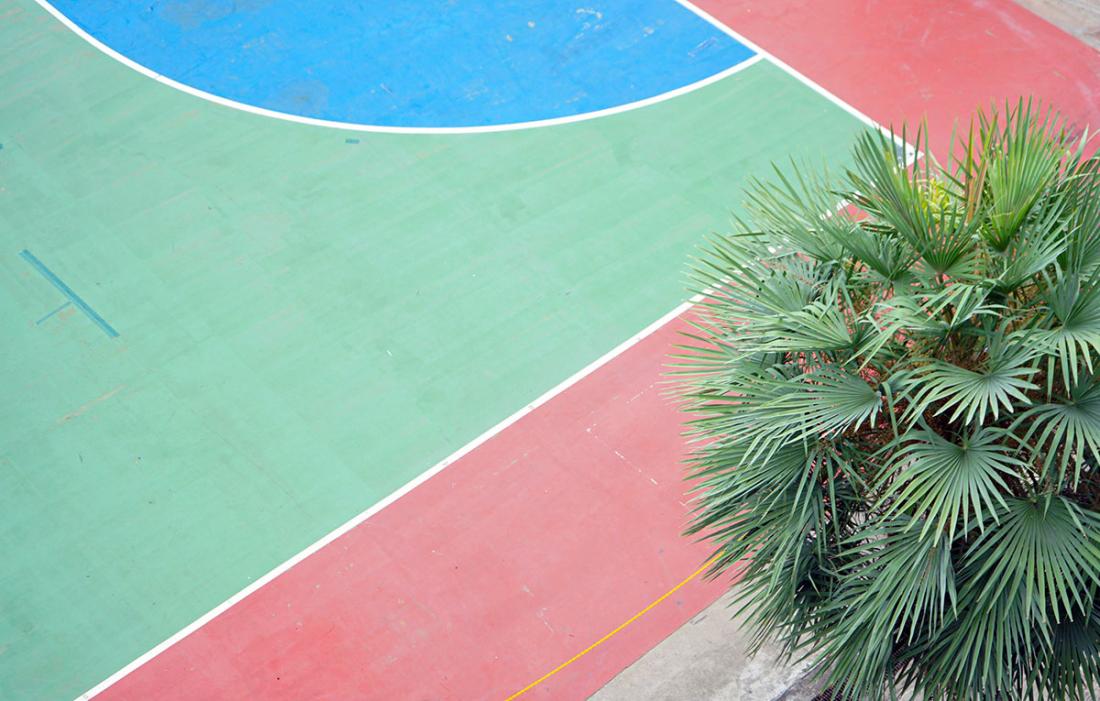
How To Take Care Of A Bismarck Palm
If you learn how to properly take care of your Bismarck Palm, you will come to find that it is not a completely difficult process. Perhaps the hardest part of growing a Bismarck Palm tree is having the patience to do so. Bismarck palms will typically only grow a few feet per year, so waiting for it to reach the skies can be a frustrating process for some.
When choosing a spot to plant your Bismarck Palm, it is best to try and find an area that is as exposed to the sun as possible during the day. As long as it is at least partially exposed, you should not have too much of a problem.
When planting your palm, you need to ensure that your soil is rich in the necessary nutrients to nourish the palm. Also, you will need to water it generously in its first few months of growth to help it while it is young.
Once it has grown over a few years, you will not have to worry about keeping up with it as often. It becomes quite independent in its adult years.
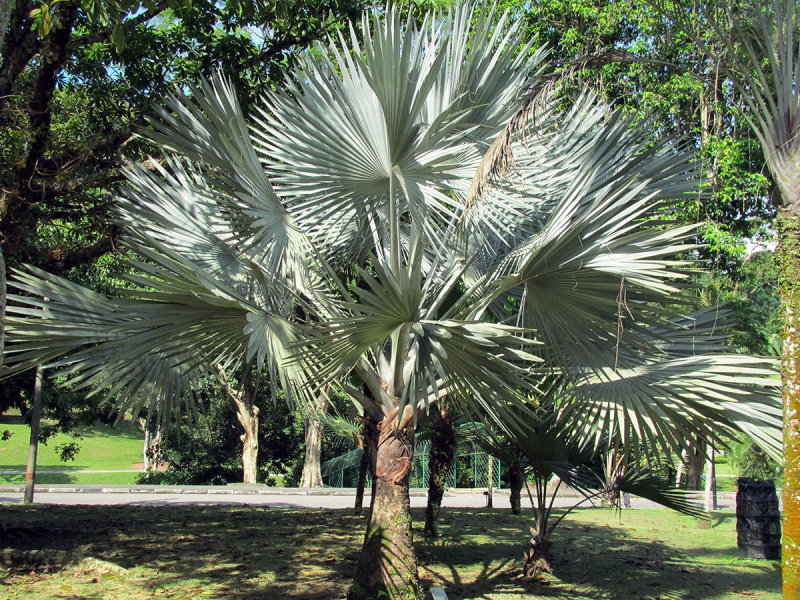
A Bismarck Palm tree is certainly a sight for sore eyes. Its physical features make it one of the most unique trees you can find, and taking care of it is generally no problem.
Bismarck Palms can be a great addition to your front yard, an open spot on your land, a dull highway median, etc. Since they are so sought after, getting your hands on one might be tough. If you are lucky enough to get one, you can make the Madagascar native brighten up your greenery.
Hardiness Zones
USDA Zone 9a: to 20 °F
USDA Zone 9b: to 25 °F
USDA Zone 10a: to 30 °F
USDA Zone 10b: to 35 °F
USDA Zone 11a: to 40 °F
USDA Zone 11b: to 45 °F
Plant Height
Height 20-30 ft.
Height >30 ft.
Light Exposure
Light - Full Sun
Growth Rate
Rate - Slow
Rate - Moderate


